General Breeding information
Blue Diamond was first bred by Lo Wing Yat in hong kong in 1991 in Hong Kong. He first bred cobalt strains by correcting brilliant turquoise’s genetic (brilliant blue) for generations until he could successfully breed Blue Diamond by correcting cobalt’s gene and they continued breeding blue diamonds afterward. It’s great to know that many of the famous and popular strains of discus were produces in this journey such as Albino Platinum, Blue Saphir and Neon Saphir who are bred by Martin NG, and many more other strains!
You will like to know that blue diamond breeding is very simple, as they can beautifully grow out their fry due to their extreme ability to darken their skin coloration while breeding and easily feeding their mucus to the fry. Their babies will show up their real coloration almost when they get to 2 inches as they are considered in the solid group. The Blue Diamond is also a wonderful pick for Discus Foster Parenting as they can also produce a lot of mucus secretions.
Pairs Preparations For Breeding Discus
If you want quality eggs, you’ll need a healthy pair. So one thing I found vital in successful breeding is to prepare the pair for breeding at least 15 days before laying the eggs you are planning to work on. using Chloramine-T on Flubendazole every 5 days and for 3 cycles. click on here to learn how to use chloramine-T or Flubendazole!
Water Condition for Breeding Blue Diamond Discus
The water you put in the breeding tank first is usually the water of the bigger tank where your pair fell in love! Remember, your matured discus could be stronger in some various water conditions but that might not be the case for their eggs. If you want a high rate of discus eggs hatching, apart from using methylene blue you’ll need soft water, TDS from 30 to 70 is fine and my favorite number is 50. You just take care of this number and the rest of the parameters will simply adjust to it’s best (Such as the PH and etc).
Tank and filtration system for Breeding Discus
To explain it briefly and based on my experience, I think The best size for a breeding tank is 50cm * 50cm * 50cm Which ends up holding 125 Liters of water. It is best to choose a similar size for the Lenght, width, and height of the breeding tank. but none of them should be less than 40 cm while holding 125 Liters of water.
Then for filtration set up, you’ll need a simple, and easy to use a sponge filter. We’ll want to remove the sponge filter when the eggs are hatched and to replace it back after the fry are better swimmers. read more here!
Next is the heater, for such tank, you’ll need a 150W or 200W to maintain a temperature of 28°C – 28.5°C. Here is a trick I use all the time, as 30% to 50% water change is recommended daily and it helps to soften the water. I purposely choose to add enough water of 25°C until I can decrease the tank temperature by 1°C or 1.5°C suddenly, and the heater works to bring it back to the beginning temperature of 28°C or 28.5°C. This happens to lead the pairs into temptation and desire for sex.
lastly, we’ll need to have a breeding cone or anything else like ceramics, Pvc pipes to provide a surface for laying the eggs although they might still decide to lay their eggs anywhere else they like!
Blue Diamond Discus pairs up well with:
Best with the Blues such as Blue Diamonds, Blue Angels, Blue Cobalt, Blue Turquoise. but basically blue diamond pairs up with any other strains.
 or higher
or higher
 but very sensitive to skin diseases
but very sensitive to skin diseases



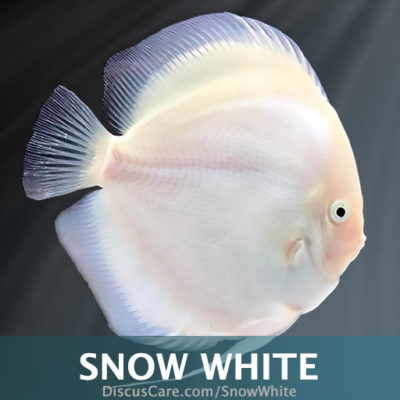
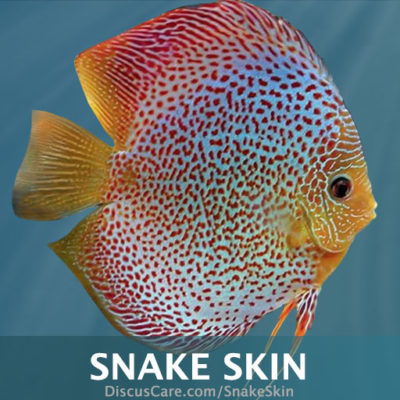

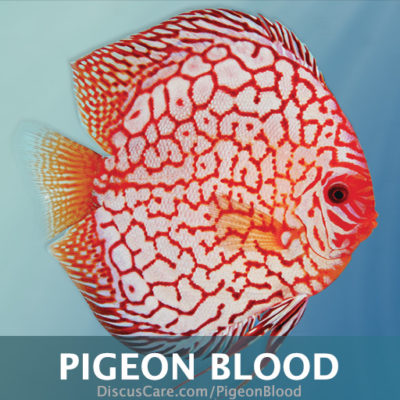
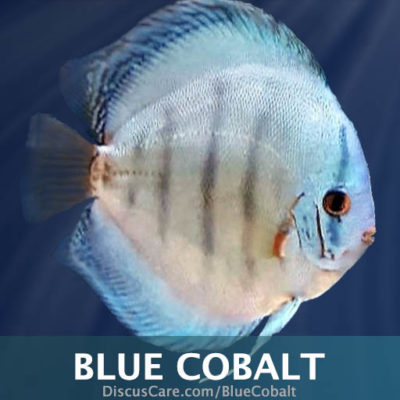
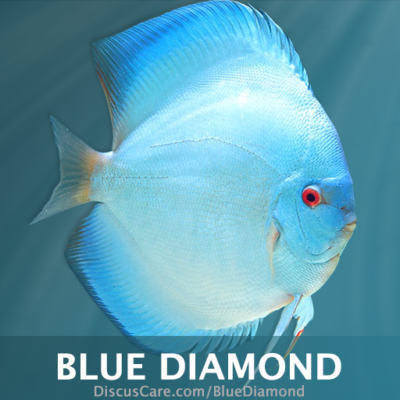
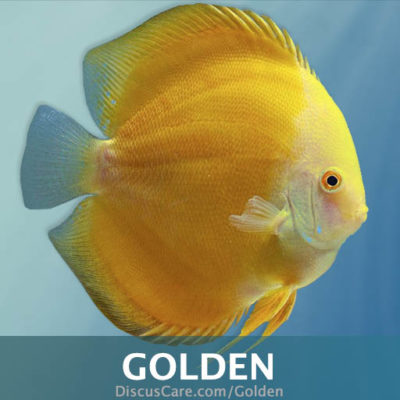

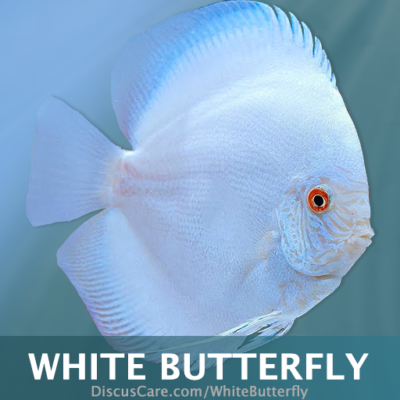
testing comments